20th Century Conflicts You Forgot About
The 20th century is often remembered for its global wars and cold conflicts, but it also harbors numerous lesser-known battles that shaped nations. These overlooked conflicts, while not always making front-page news, played crucial roles in shaping geopolitical landscapes.
Understanding these wars provides a richer perspective of history, revealing the complexities and motivations of nations involved. From guerrilla warfare in Southeast Asia to territorial disputes in Africa, these stories deserve their spotlight in the annals of history.
The Banana Wars: America’s Fruitful Interventions
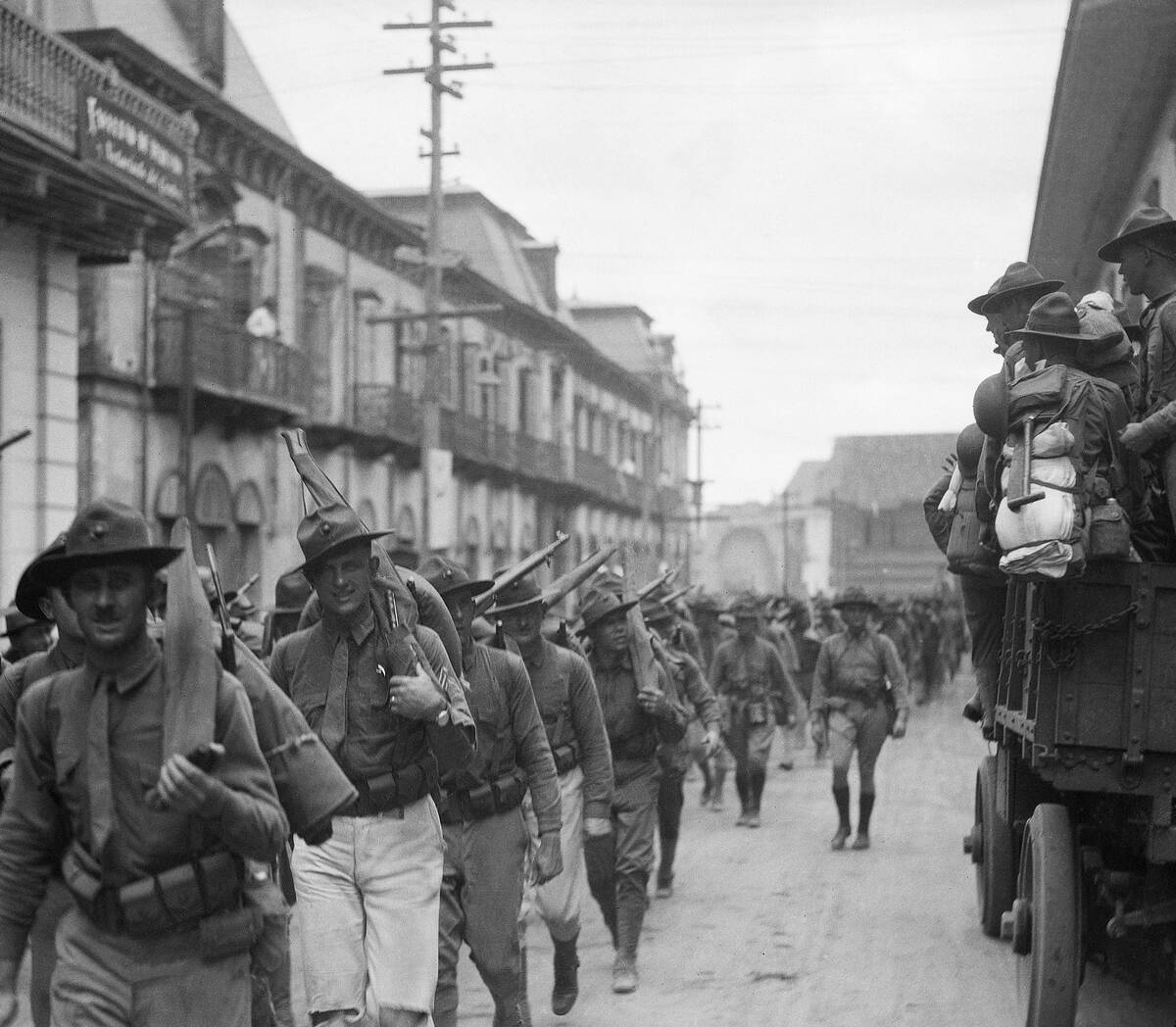
The Banana Wars were a series of interventions by the United States in Central America and the Caribbean from the late 19th century into the early 20th century. Primarily aimed at protecting American commercial interests, these conflicts often involved U.S. military occupation.
The United Fruit Company, a major American corporation, heavily influenced these interventions, leading some to dub the era as a time of “dollar diplomacy.” This period highlights the intersection of business and politics in U.S. foreign policy.
The Chaco War: South America’s Forgotten Battleground
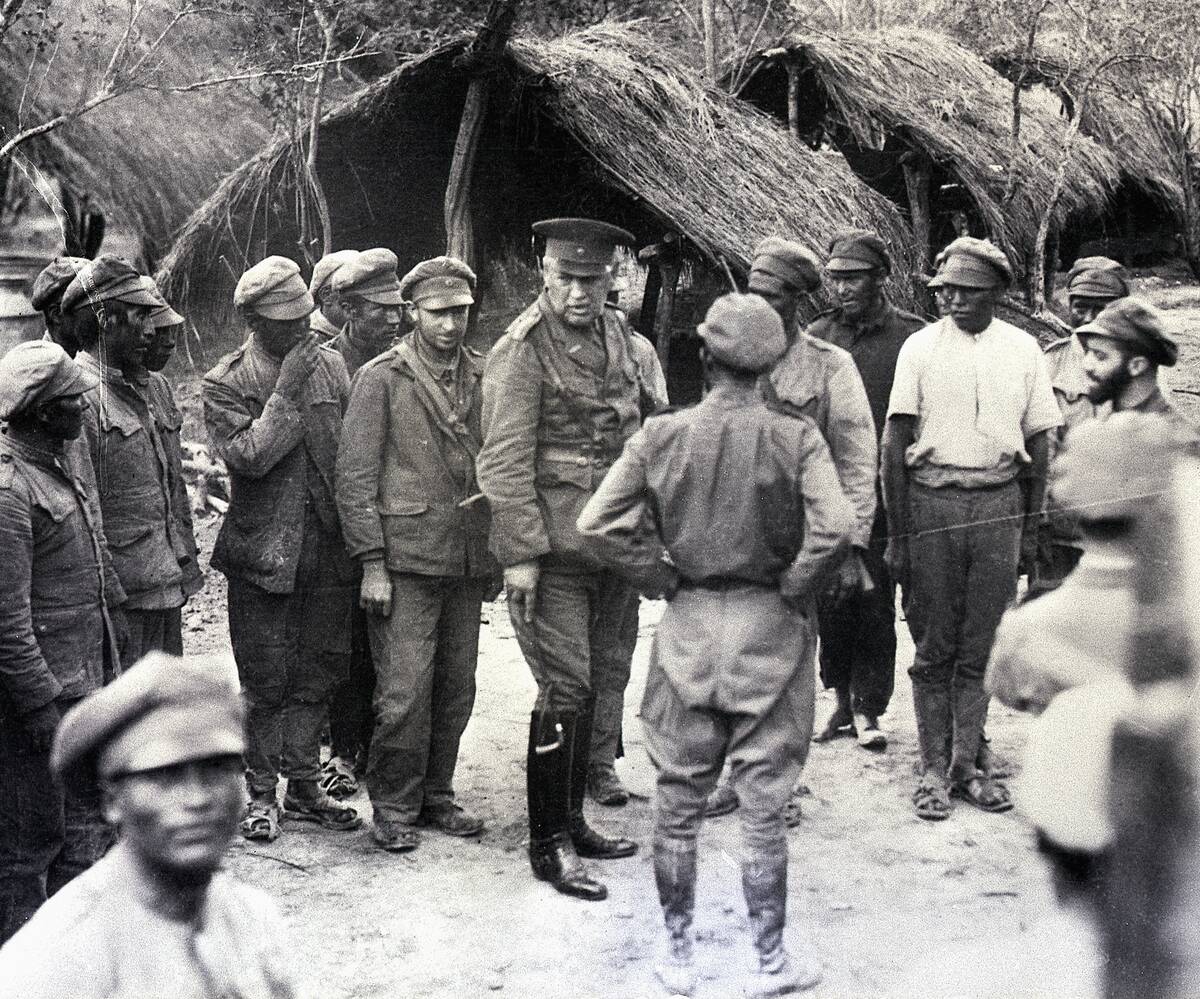
Fought between Bolivia and Paraguay from 1932 to 1935, the Chaco War is often overlooked despite being the deadliest military conflict in South America during the 20th century. The war was fought over the Gran Chaco region, believed to be rich in oil.
However, the the results of the war brought far more territorial expansion than oil revenues for Paraguay. Despite its high human cost, the war ultimately resolved little, and Paraguay emerged with a significant territorial gain but at a great human cost.
The Rif War: Spain and France’s North African Adventure
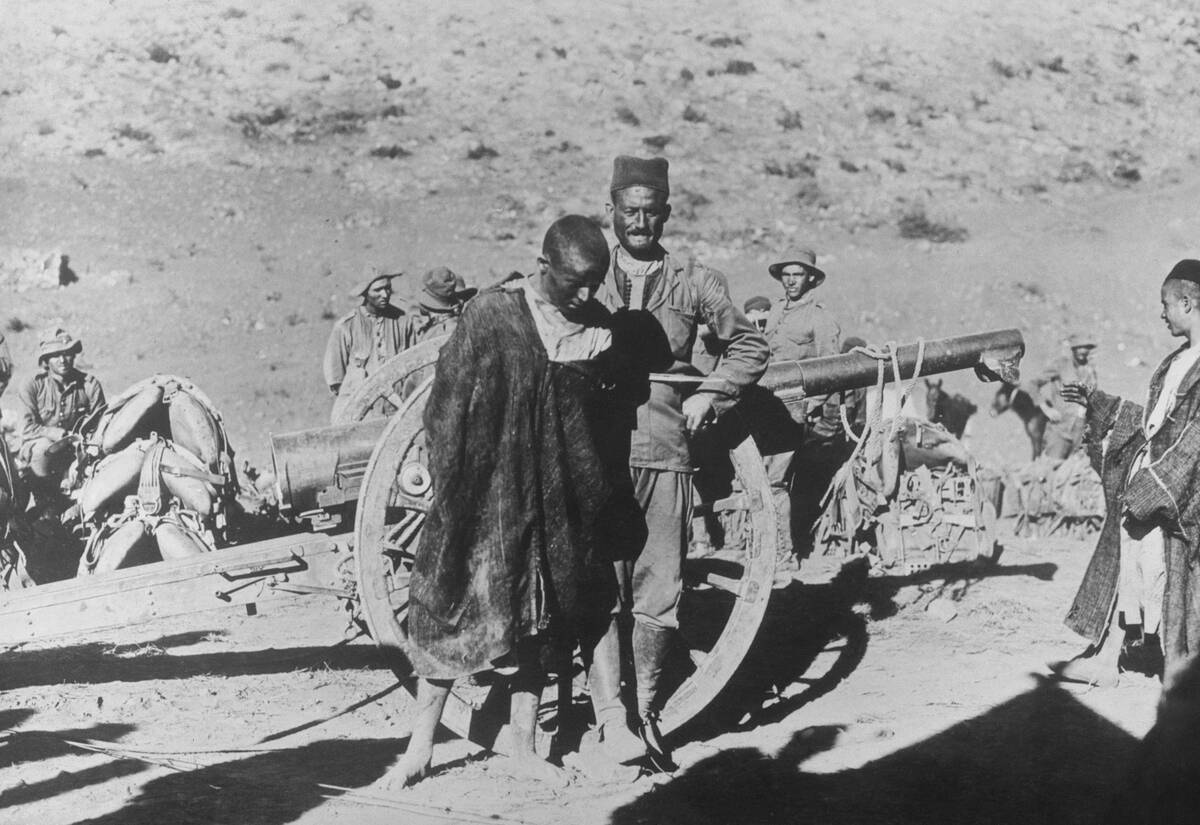
The Rif War, fought from 1920 to 1927, saw Spanish and French forces battling Berber tribes in the Rif mountains of Morocco. Led by the charismatic leader Abd el-Krim, the Rif Republic declared independence and resisted colonial control.
The conflict was notable for its use of guerrilla tactics, which at times caught the European powers off guard. Ultimately, the superior firepower and resources of Spain and France overcame the Riffian resistance, but the war left a lasting impact on both nations’ colonial policies.
The Greco-Turkish War: A Clash Over Anatolia
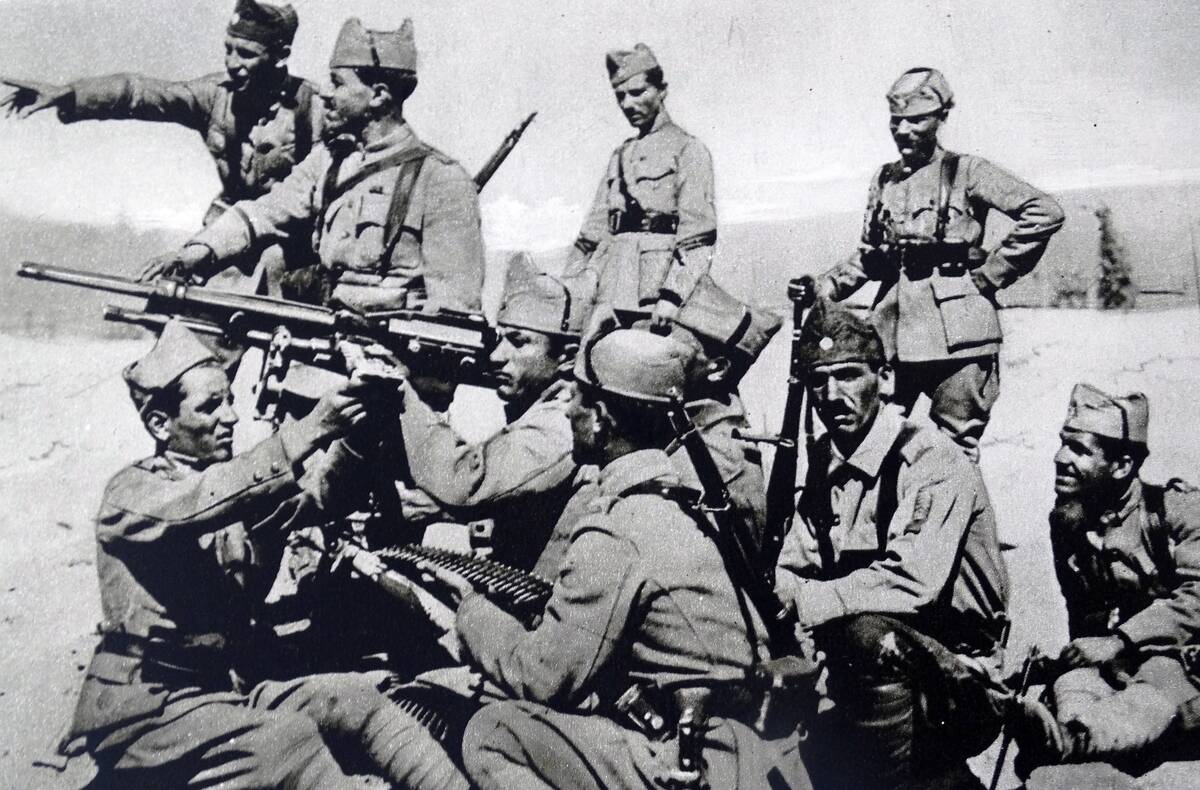
The Greco-Turkish War of 1919-1922 was a complex struggle over the control of Anatolia following World War I. Greece aimed to expand its territory, while Turkey, under Mustafa Kemal Atatürk, fought to establish a new national identity.
The war culminated in the Treaty of Lausanne, leading to significant population exchanges between Greece and Turkey. While the conflict was rooted in post-war territorial adjustments, it was also a pivotal moment in the creation of the modern Turkish state.
The Winter War: Finland vs. the Soviet Union
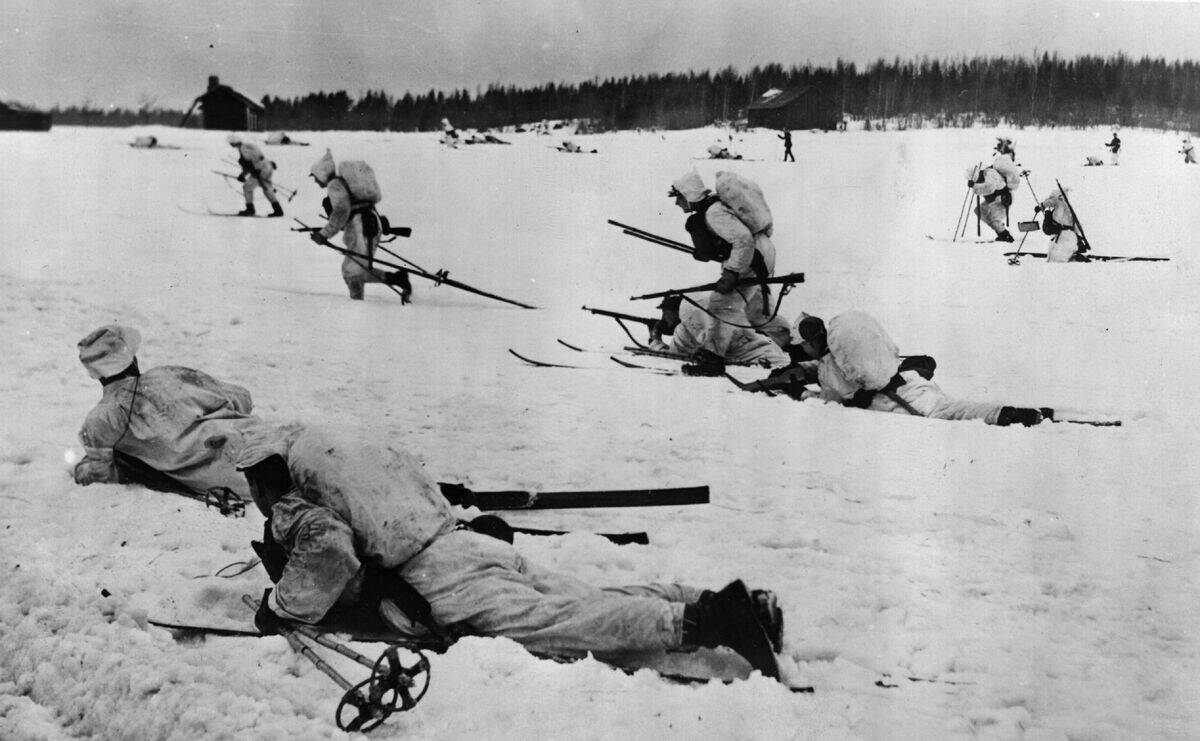
The Winter War began in November 1939, when the Soviet Union invaded Finland, seeking to gain territory and buffer zones against Nazi Germany. Despite being vastly outnumbered, Finnish forces used their knowledge of the harsh winter terrain to stall the Soviet advance.
The conflict ended in March 1940 with the Moscow Peace Treaty, where Finland ceded territory but retained its independence. This war demonstrated Finland’s resilience and highlighted the challenges of winter warfare.
The First Indochina War: France’s Colonial Struggles
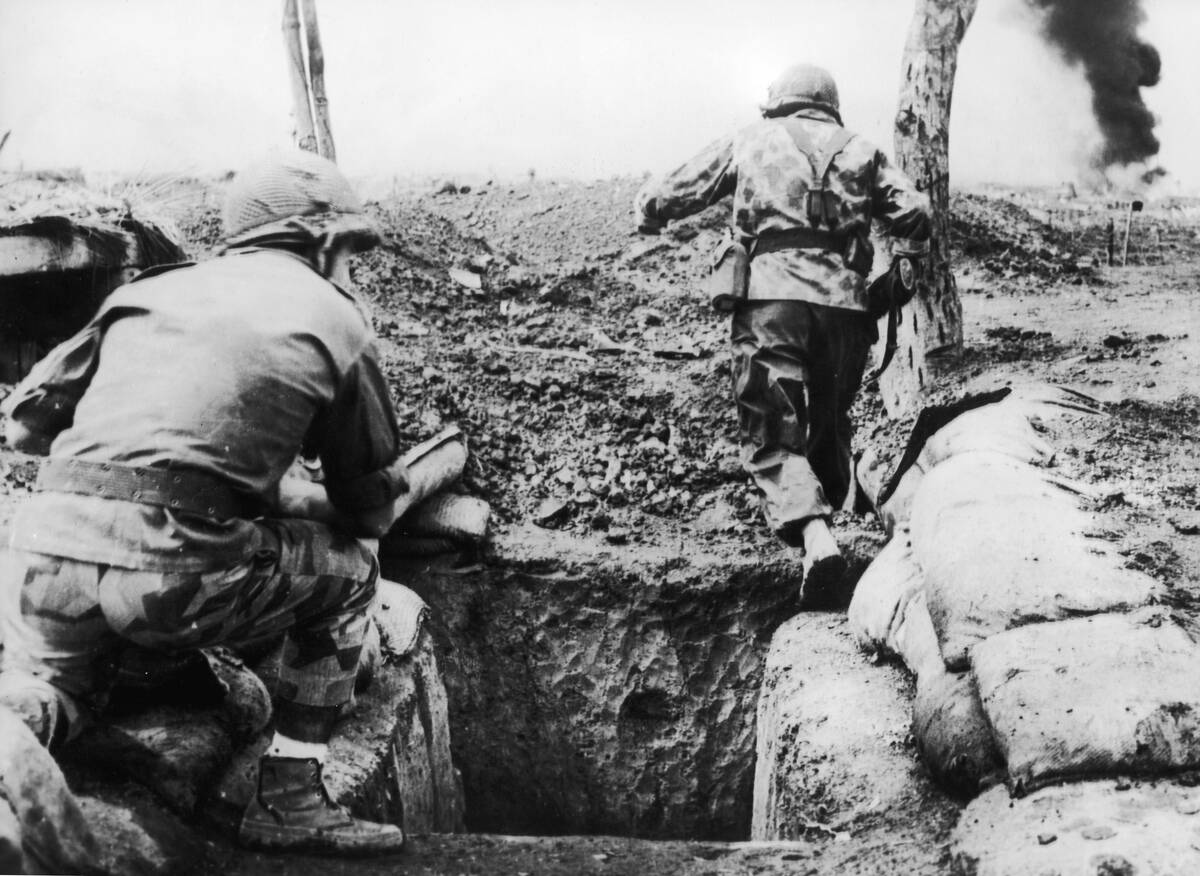
The First Indochina War, lasting from 1946 to 1954, saw France battling the Viet Minh in Vietnam, Laos, and Cambodia. The war was rooted in France’s desire to reclaim its colonial territories post-World War II, while the Viet Minh sought independence.
The conflict ended with the decisive Battle of Dien Bien Phu, leading to the Geneva Accords and the eventual partition of Vietnam. This war set the stage for the later Vietnam War, highlighting the limits of colonial power in the post-war world.
The Mau Mau Uprising: Kenya’s Fight for Freedom
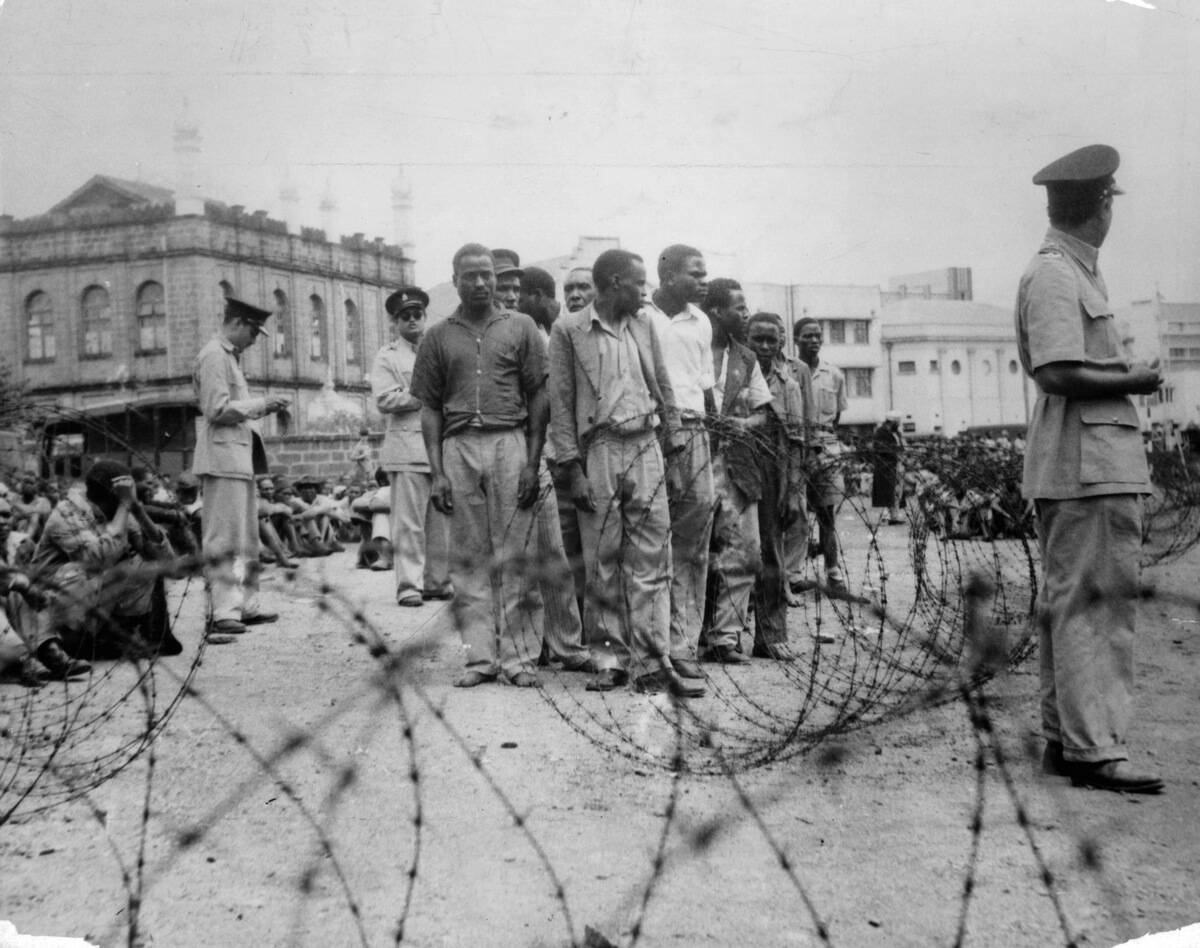
The Mau Mau Uprising (1952-1960) was a pivotal moment in Kenya’s journey to independence from British colonial rule. It involved the Kikuyu, Embu, and Meru communities fighting for land rights and freedom, often through guerrilla tactics.
The British response was marked by brutal suppression and mass detentions. While the uprising was eventually quelled, it highlighted the deep-seated grievances against colonial rule and accelerated Kenya’s path to independence, achieved in 1963.
The Malayan Emergency: Guerrilla Warfare in Southeast Asia
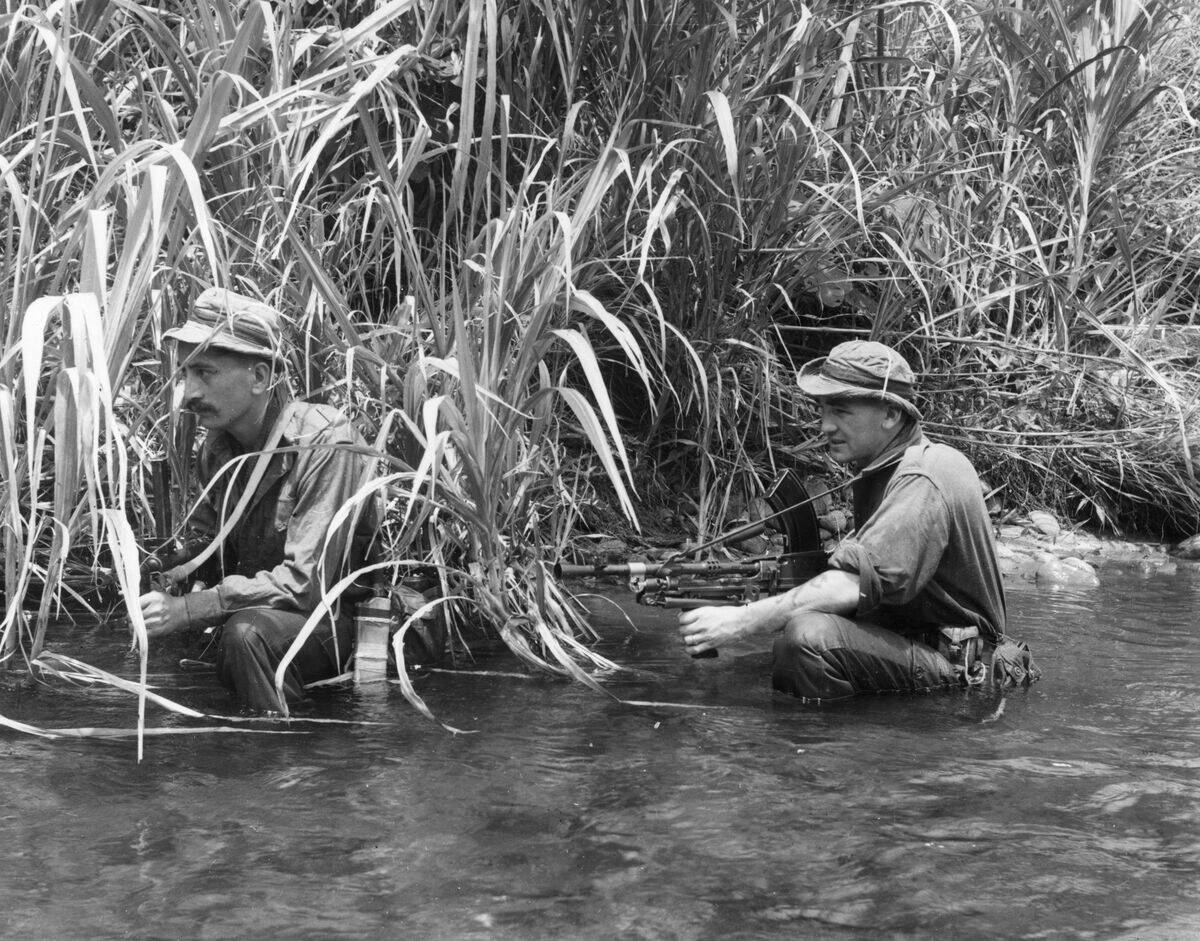
The Malayan Emergency (1948-1960) was a conflict between British Commonwealth forces and the Malayan National Liberation Army (MNLA), the military arm of the Malayan Communist Party. The MNLA sought to establish a communist state, utilizing guerrilla tactics in the dense jungles of Malaya.
The British implemented a “hearts and minds” strategy, focusing on rural development and resettlement, which eventually led to success. The conflict highlighted the challenges of counterinsurgency warfare and the importance of winning local support.
The Algerian War of Independence: A Fight for Liberation
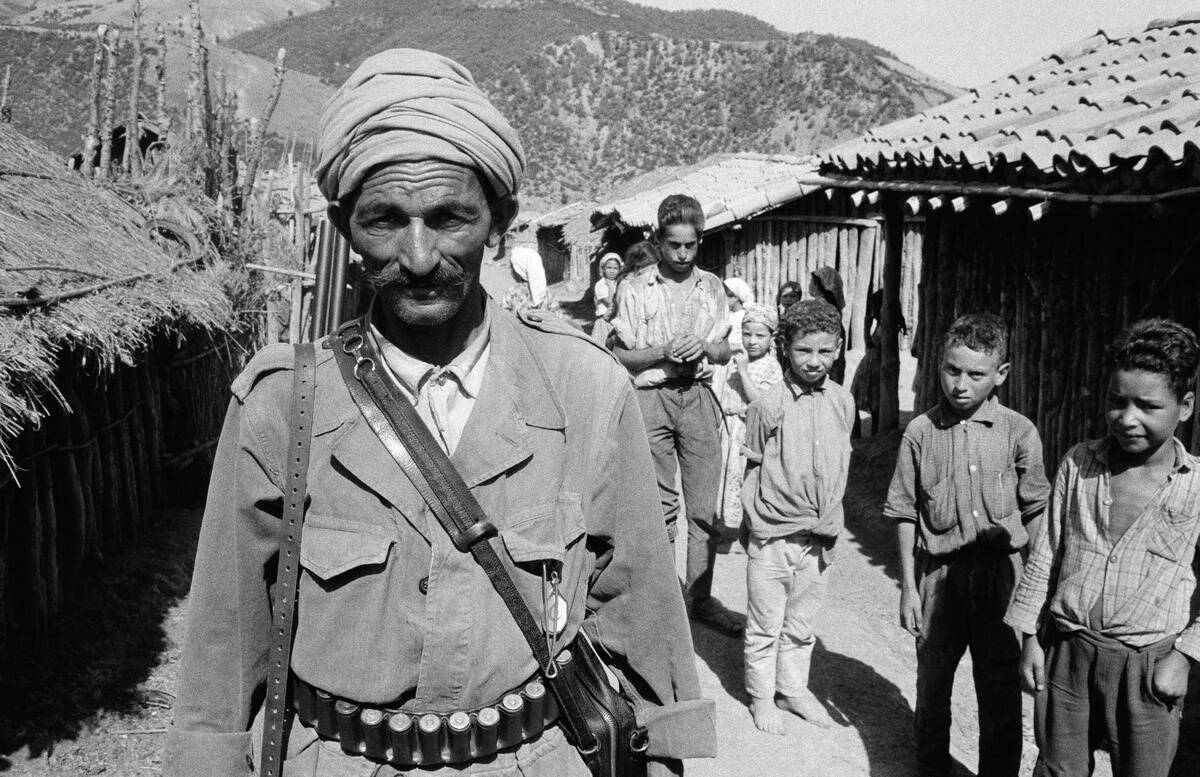
The Algerian War of Independence (1954-1962) was a brutal struggle between France and Algerian nationalists seeking independence. The conflict featured widespread guerrilla warfare and counter-insurgency operations.
The war was marked by its high civilian toll and the use of controversial tactics by both sides. Ultimately, the war ended with the Evian Accords, granting Algeria independence. This conflict was a significant moment in the decolonization process, influencing future liberation movements worldwide.
The Suez Crisis: A Diplomatic Standoff in the Middle East
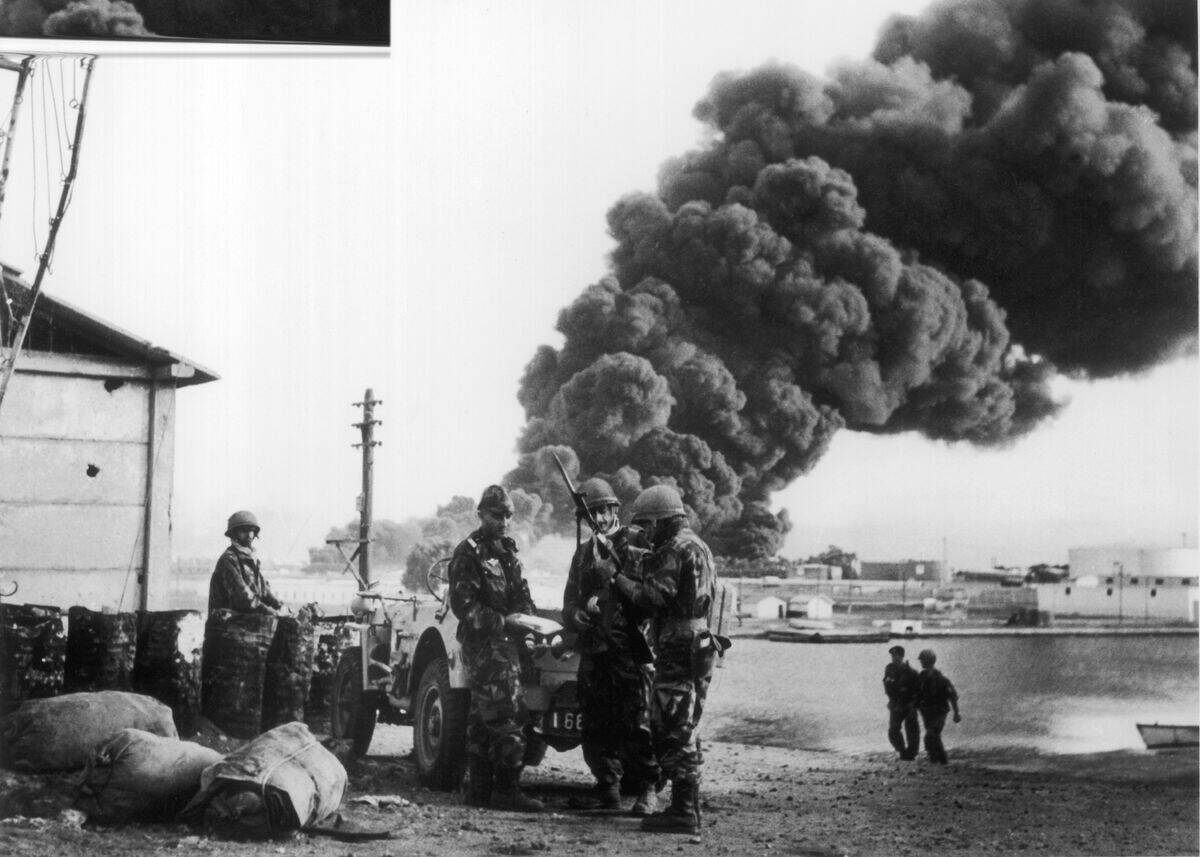
The Suez Crisis of 1956 was sparked by Egypt’s nationalization of the Suez Canal, previously controlled by British and French interests. In response, Israel, the United Kingdom, and France launched a military intervention.
However, international pressure from the United States and the Soviet Union forced a withdrawal, marking a significant moment in the decline of British and French colonial influence. The crisis underscored the shifting power dynamics of the post-war world and the growing influence of superpowers in the Middle East.
The Ogaden War: Ethiopia and Somalia’s Territorial Dispute
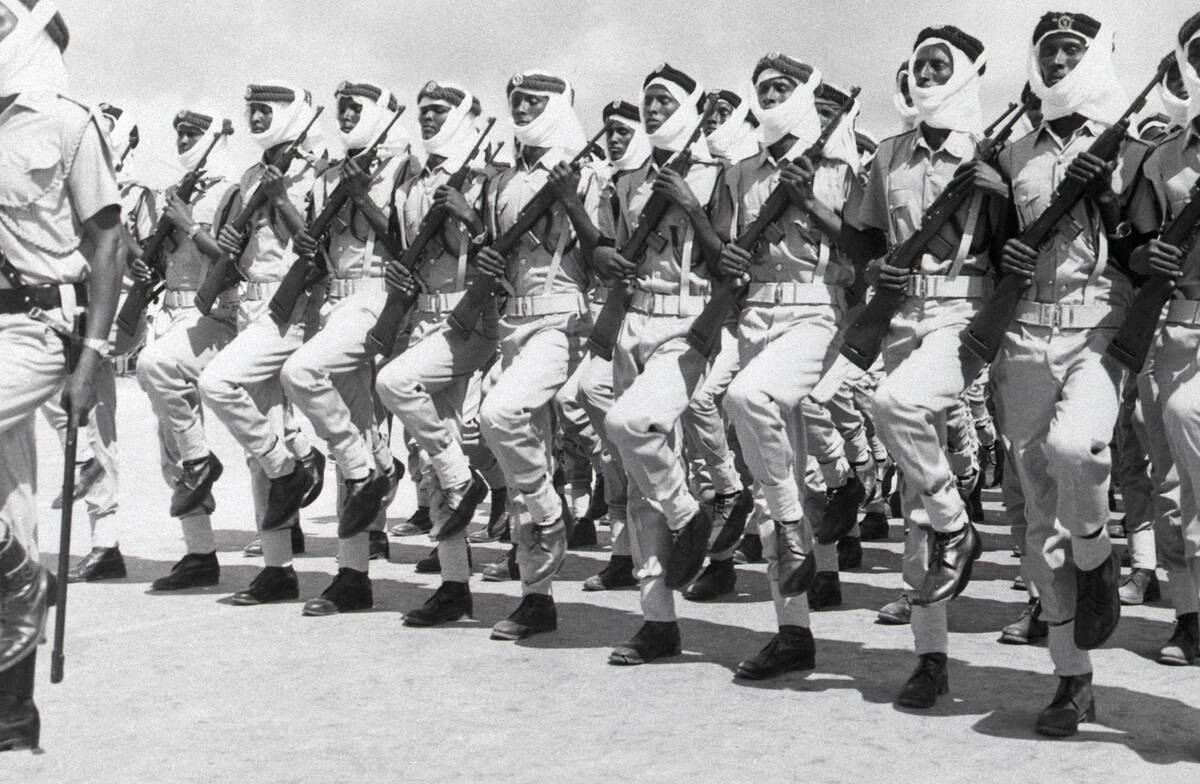
The Ogaden War (1977-1978) was a conflict between Ethiopia and Somalia over the disputed Ogaden region, inhabited predominantly by ethnic Somalis. Initially, Somali forces made significant gains, but Ethiopian forces, bolstered by Soviet and Cuban support, turned the tide.
The war ended with a ceasefire, leaving the Ogaden under Ethiopian control. This conflict highlighted Cold War geopolitics in Africa, as superpowers vied for influence by supporting regional allies.
The Six-Day War: A Brief but Impactful Conflict
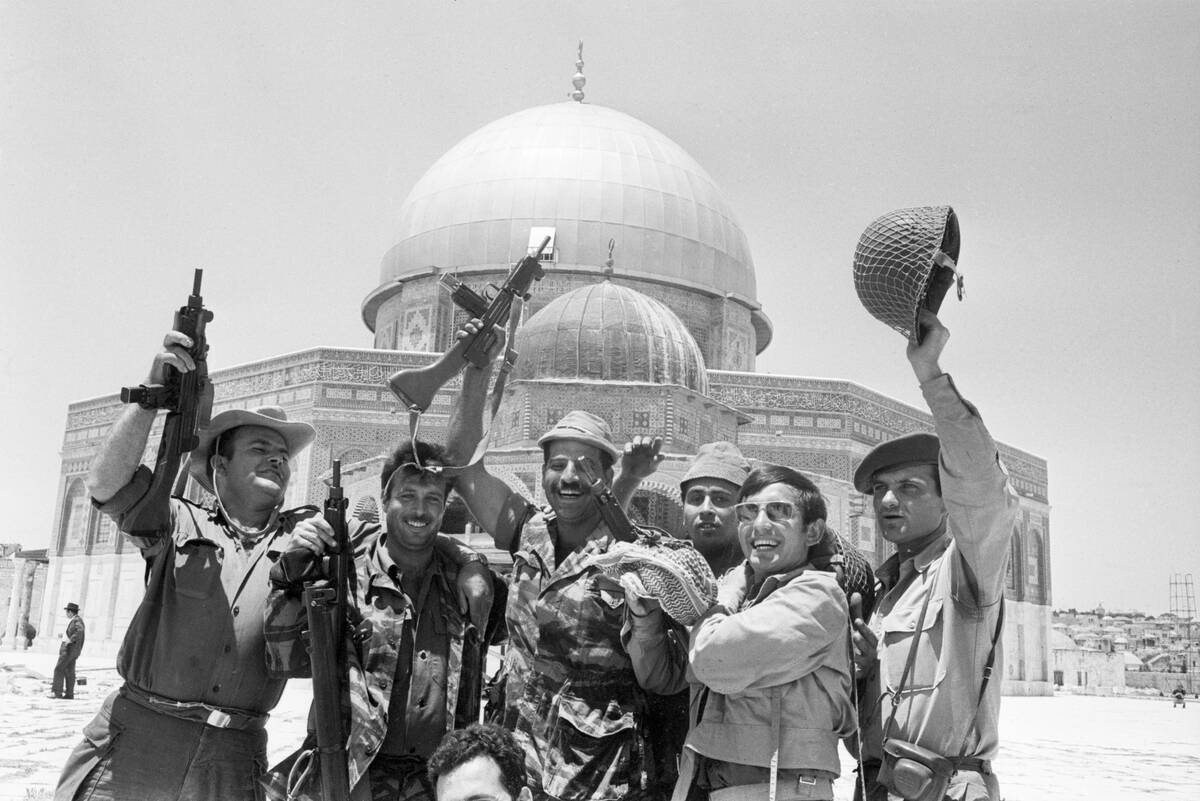
The Six-Day War of 1967 was a rapid and decisive conflict between Israel and its neighboring states of Egypt, Jordan, and Syria. Within six days, Israel captured the Gaza Strip, and the Sinai Peninsula from Egypt, the West Bank, from Jordan and the Golan Heights from Syria, dramatically altering the region’s geopolitical landscape.
The war’s outcome not only reshaped borders but also set the stage for future Israeli-Arab tensions, making it a pivotal moment in Middle Eastern history. The conflict highlighted the challenges of post-war peace and territorial disputes.
The Football War: A Soccer Match Turns Deadly

The Football War, also known as the 100 Hour War, was a brief conflict between El Salvador and Honduras in 1969, triggered by tensions exacerbated by a World Cup qualifier. While the soccer match is often cited as the spark, underlying issues such as land reform and immigration were the real causes.
The war lasted only a few days but resulted in significant casualties and displacement. It remains a unique example of how sports and politics can intertwine with deadly consequences.
The Yom Kippur War: A Surprise Attack in the Middle East
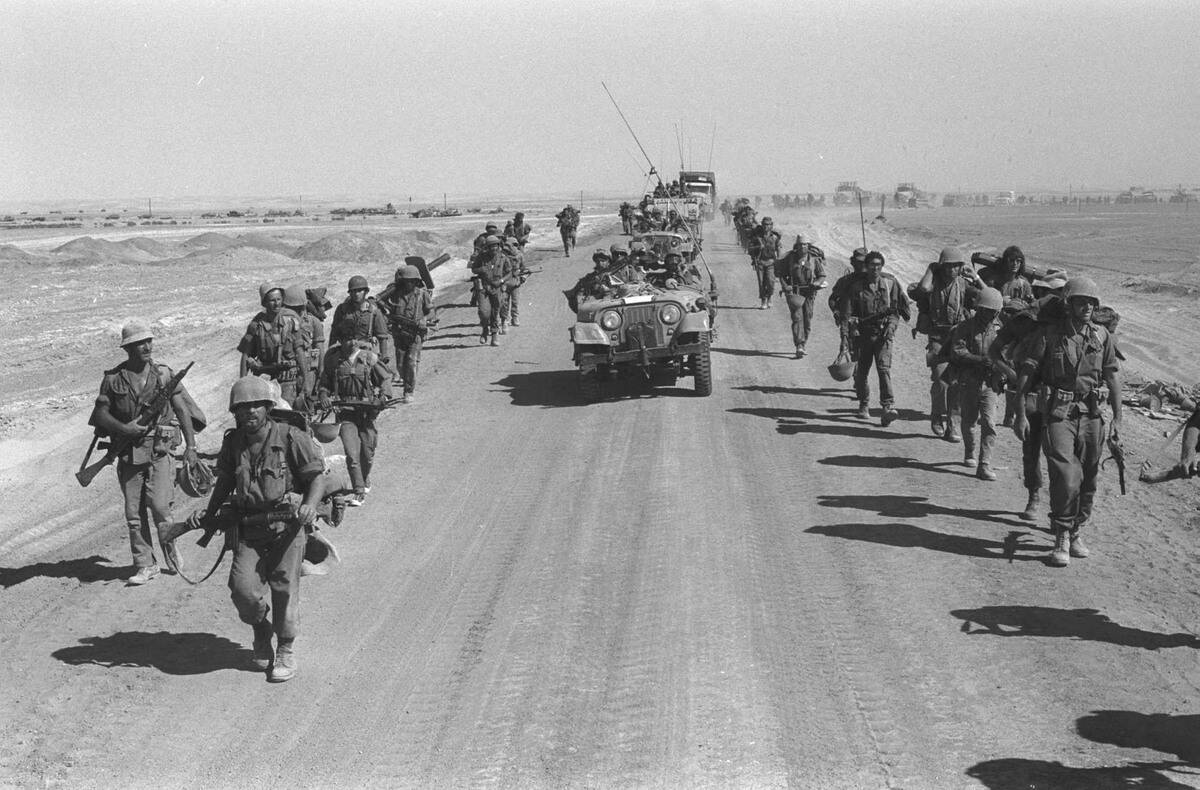
The Yom Kippur War of 1973 began with a surprise attack by Egypt and Syria against Israel on the Jewish holy day of Yom Kippur. The conflict aimed to reclaim territories lost during the Six-Day War.
Initially successful, the Arab forces eventually faced a strong Israeli counteroffensive. The war ended with a ceasefire brokered by the United Nations, leading to future peace negotiations. This conflict underscored the volatility of Middle Eastern geopolitics and the ongoing struggle for territorial rights.
The Eritrean War of Independence: A Long Quest for Sovereignty
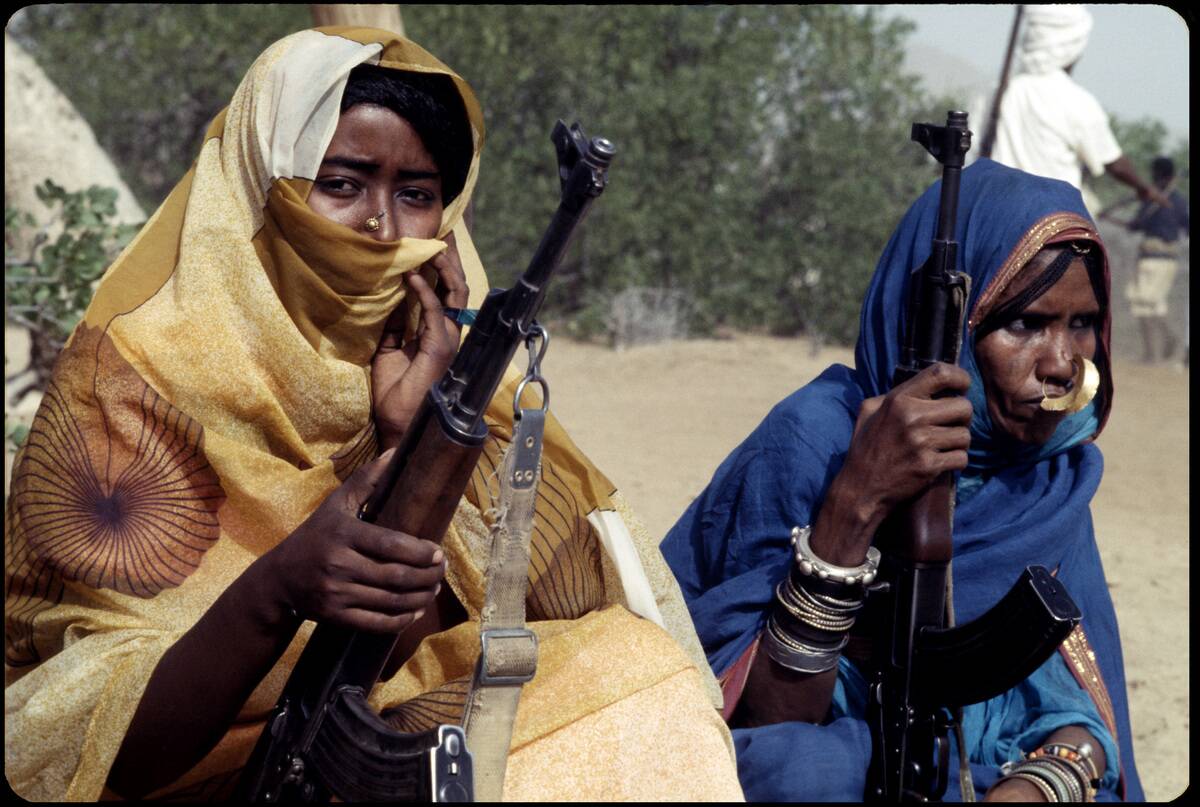
The Eritrean War of Independence lasted from 1961 to 1991, as Eritrea fought to break away from Ethiopian control. The conflict was one of Africa’s longest in history and involved complex regional dynamics, including Cold War influences.
Eritrean rebels, utilizing guerrilla warfare, gradually gained control over their territory by 1991, especially after the Derg regime fell in 1987. The war culminated in a referendum where Eritreans voted overwhelmingly for independence, leading to international recognition in 1993. This conflict highlighted the enduring struggle for self-determination and the challenges of post-colonial statehood.
The Falklands War: A Remote Island Conflict
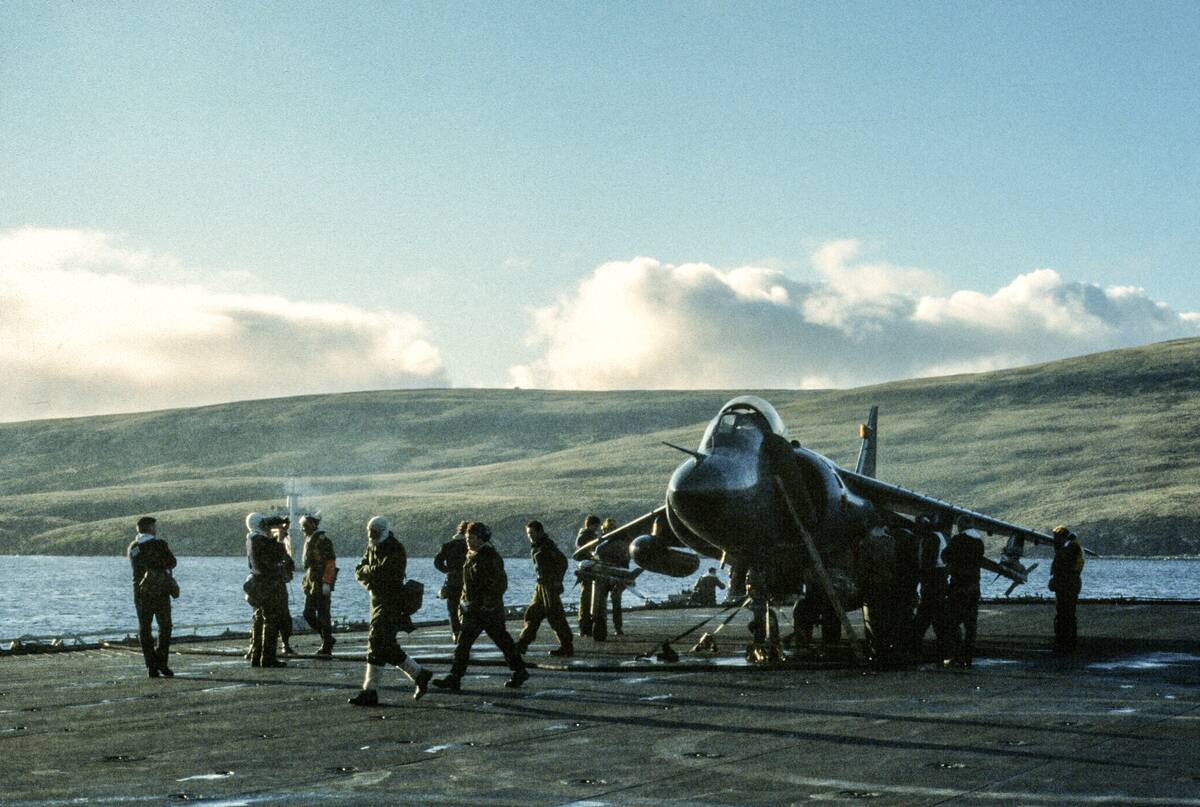
The Falklands War in 1982 was a brief but intense conflict between Argentina and the United Kingdom over the disputed Falkland Islands. Triggered by Argentina’s invasion, the UK dispatched a naval task force to reclaim the territory.
The war lasted 10 weeks and ended with an Argentine surrender. Despite its remote location, the conflict had significant political ramifications, bolstering British Prime Minister Margaret Thatcher’s government and highlighting the complexities of colonial legacies in the modern era.
The Iran-Iraq War: A Prolonged and Devastating Struggle

The Iran-Iraq War, lasting from 1980 to 1988, was a protracted and brutal conflict initiated by Iraq’s invasion of Iran. Motivated by territorial disputes and religious tensions, the war saw extensive use of chemical weapons and resulted in massive casualties on both sides.
Despite eight years of fighting, the conflict ended in a stalemate with no significant territorial changes. The war left a deep scar on both nations, influencing regional politics and setting the stage for future conflicts in the Middle East.
The Salvadoran Civil War: A Nation Divided
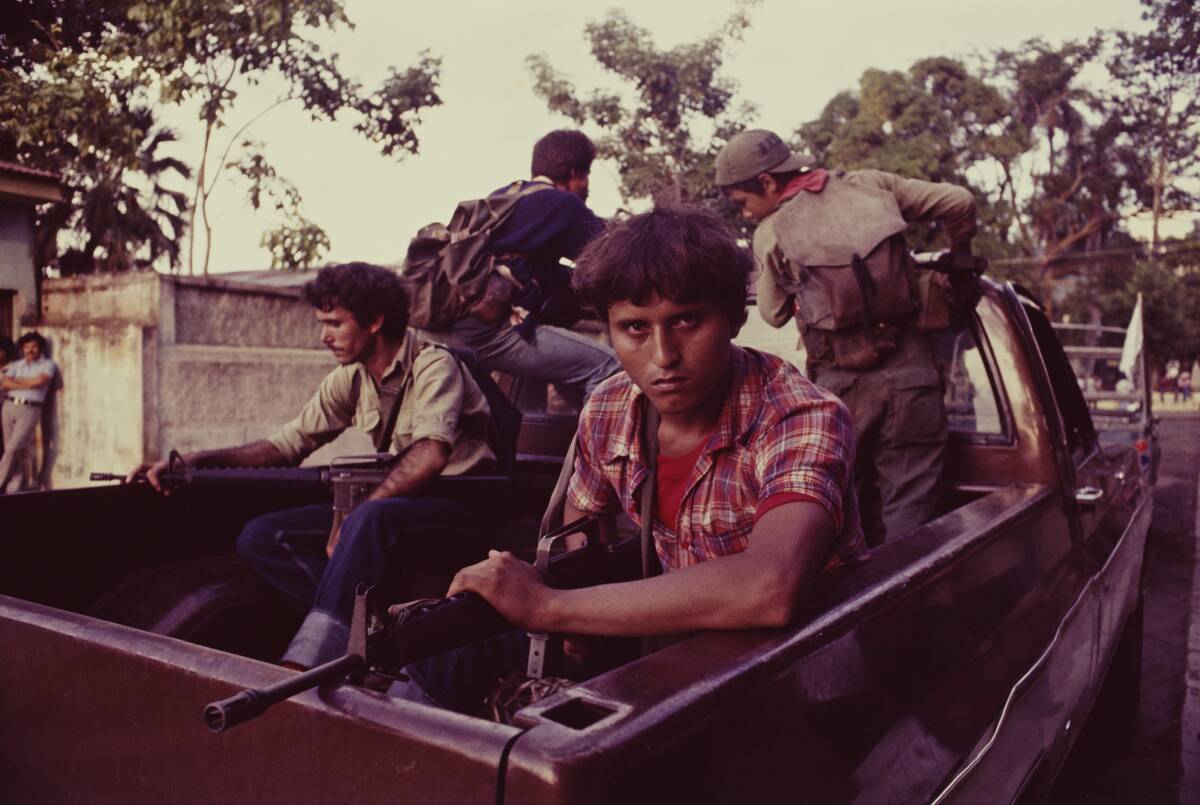
The Salvadoran Civil War, which raged from 1979 to 1992, was a brutal conflict between the Salvadoran government and the Farabundo Martí National Liberation Front (FMLN), a coalition of left-wing guerrilla groups. The war was characterized by widespread human rights abuses, with civilian populations caught in the crossfire.
Supported by Cold War superpowers, the conflict ended with the Chapultepec Peace Accords, leading to political reforms. The war’s legacy continues to affect El Salvador, highlighting the long-term impact of internal strife.
The Invasion of Grenada: A Controversial U.S. Intervention
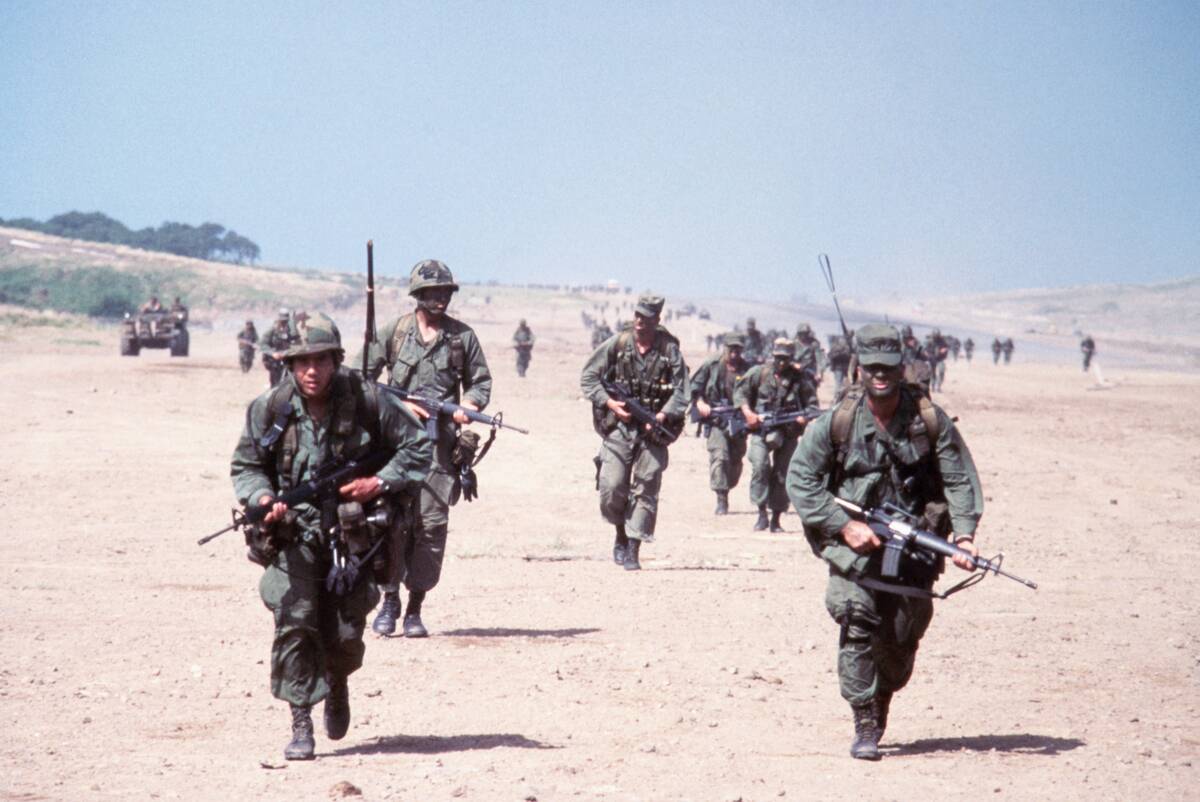
The 1983 U.S. invasion of Grenada was a controversial military intervention aimed at overthrowing a Marxist regime and protecting American citizens. The operation, codenamed “Operation Urgent Fury,” was swift, lasting only a few days, and resulted in the establishment of a pro-American government.
While the invasion was criticized internationally, it was largely supported domestically and marked a significant moment in U.S. foreign policy during the Cold War. The event highlighted the complexities of interventionism and its geopolitical ramifications.
The Soviet-Afghan War: The Bear’s Long Battle in Afghanistan
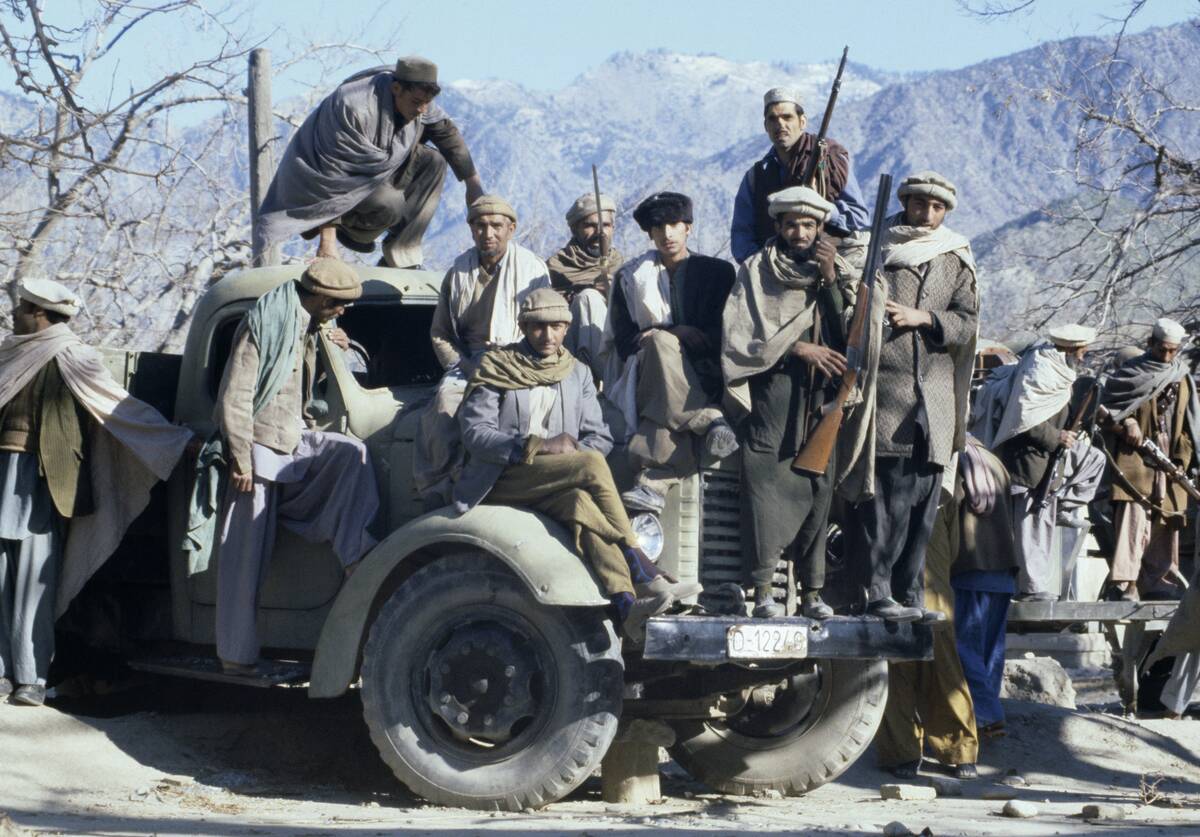
The Soviet-Afghan War (1979-1989) was a decade-long conflict where Soviet forces battled Afghan mujahideen fighters. The war was part of the larger Cold War context, with the U.S. and its allies providing support to the mujahideen. The rugged Afghan terrain and resilient local resistance proved challenging for Soviet forces, ultimately leading to their withdrawal.
The war had profound effects, contributing to the collapse of the Soviet Union and leaving Afghanistan in a state of prolonged instability. It remains a cautionary tale of foreign intervention in complex regional conflicts.



